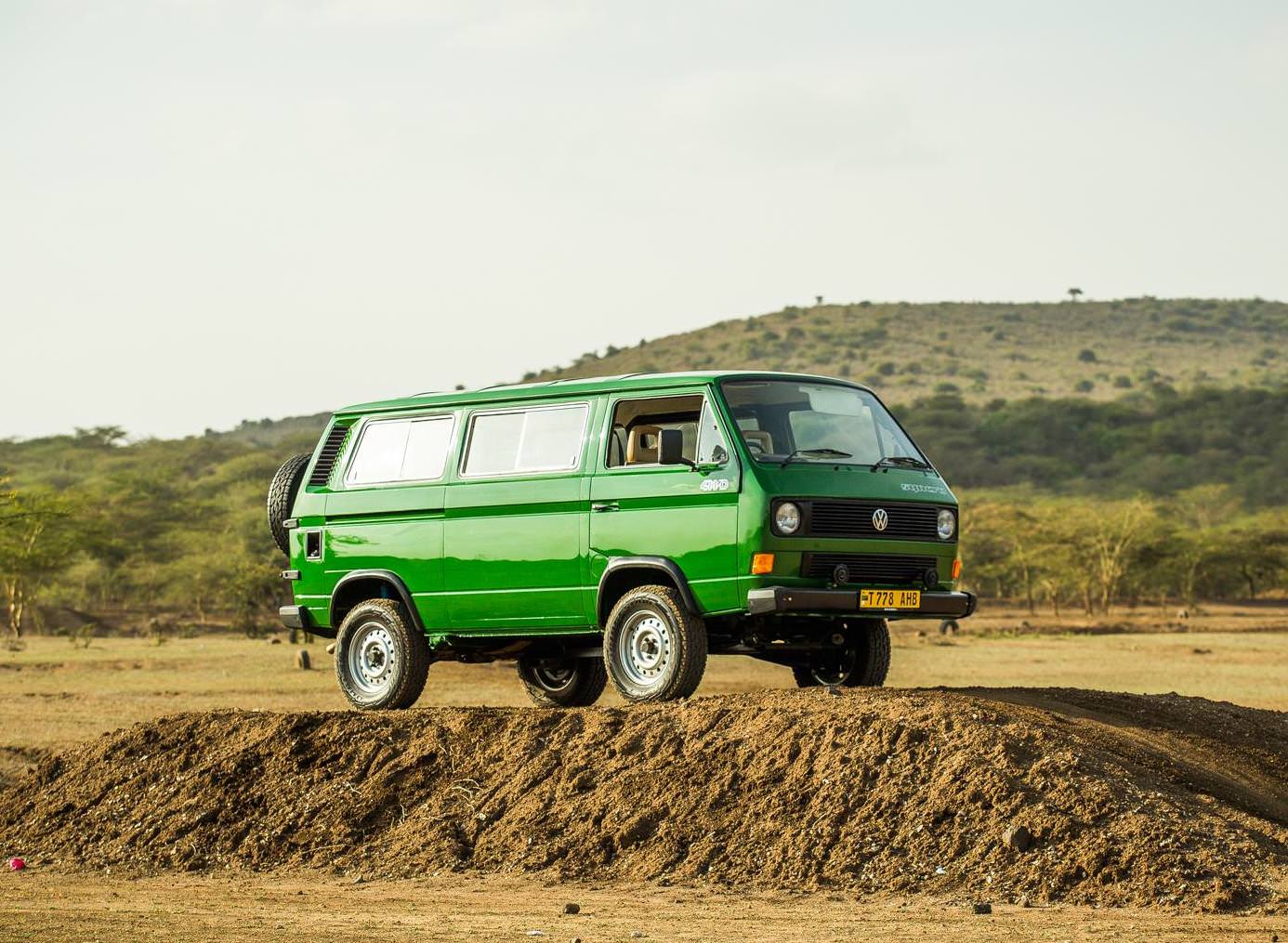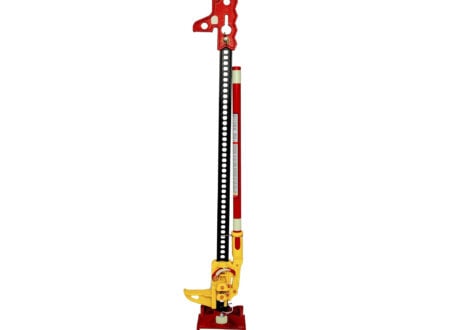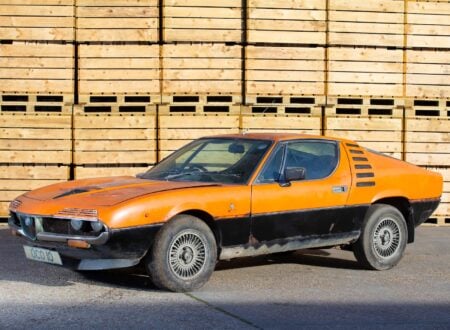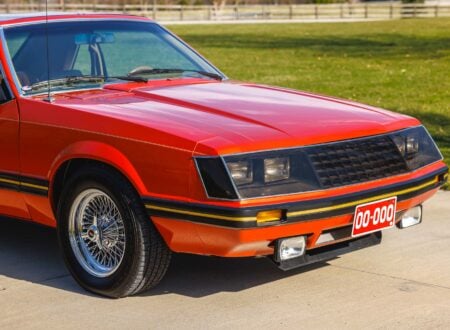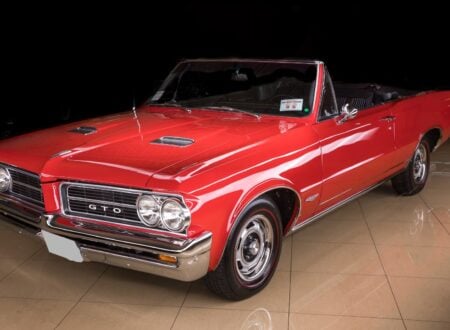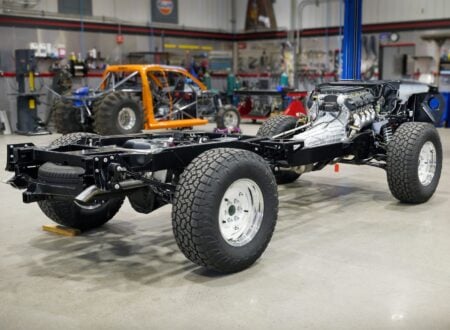The Volkswagen Syncro was a series of 4×4 vans developed by the German automaker in collaboration with the four-wheel drive experts over at Steyr-Daimler-Puch. They were often converted into camper vans, and with the exception of Antarctica there’s no continent they haven’t traversed.
The Syncro offered much improved off-road ability compared to the standard Type 2 van, and they remain in significant demand today among enthusiasts. The much rarer 16″ model came with larger wheels, tires, and brakes – increasing ground clearance and making it the most off-road capable of all the Syncros.
Fast Facts – The Volkswagen Syncro 4×4
- The Volkswagen Syncro was developed in collaboration with the Austrian engineering firm Steyr-Daimler-Puch. Known for their expertise in all-wheel-drive military and off-road vehicles, the partnership resulted in the creation of the Syncro’s innovative all-wheel-drive system, which offered vastly superior off-road ability when compared to its 2×4 stablemate.
- The Volkswagen Syncro was first introduced in 1985, based on the Transporter T3 platform. It was available in various models and configurations, including the Caravelle, Kombi, and Double Cab, catering to a wide range of applications.
- Many Syncro owners converted their vehicles into versatile campervans, using them for off-the-grid adventures and extended roadtrips.
- Today, the Volkswagen Syncro enjoys a cult-like following among off-road enthusiasts and vintage van collectors. Its innovative all-wheel-drive system, rugged design, and adaptability have made it a prized 4×4.
Building 4×4 Volkswagen Type 2
The story of the Volkswagen Syncro begins with the Volkswagen Type 2 series, a line of light commercial vans that first emerged in the early 1950s. These vehicles were designed to be versatile, robust, and economical – quickly gaining popularity for both commercial and private use. However, it wasn’t until the late 1970s that the idea for an all-wheel-drive version of the Type 2 came to life.
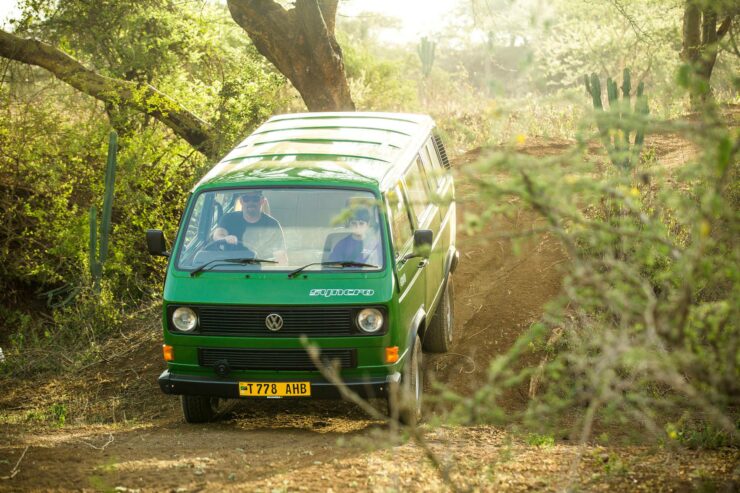

In the late 1970s, Volkswagen sought to expand its product line by creating a robust four-wheel drive vehicle capable of tackling more challenging terrain than the standard rear wheel drive van.
Steyr-Daimler-Puch Steps Up To Help
The company turned to Steyr-Daimler-Puch, an Austrian engineering firm with a history of producing four-wheel drive military and off-road vehicles. The collaboration resulted in the development of the Volkswagen Syncro, based on the Transporter Type 2 T3 platform.
Launched in 1985, the Syncro was a groundbreaking vehicle, thanks largely to its all-wheel-drive system that used a British Ferguson-type viscous coupling instead of a standard center differential.
This distributed power between the front and rear axles depending on driving conditions, offering optimal traction and handling over varied terrain. This made the Syncro perfect for off-road adventures, emergency services, and even some military applications.
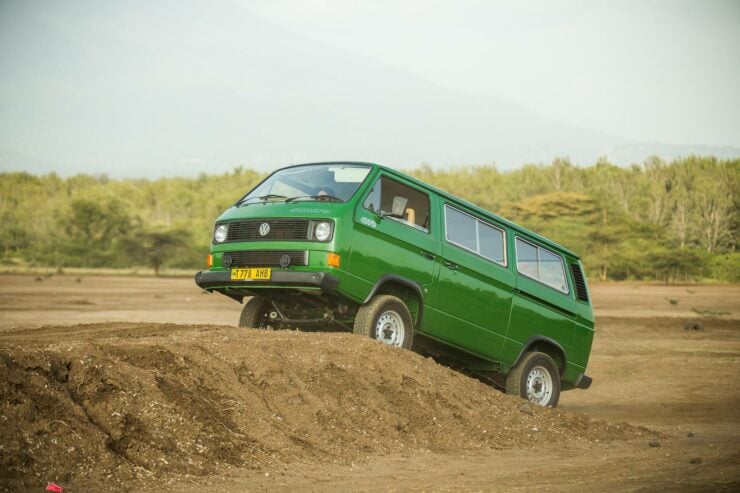

Throughout the late 1980s and early 1990s, the Volkswagen Syncro came in various models and configurations, including the Caravelle, Kombi, and Double Cab. These models catered to a wide range of needs, from family transportation to heavy-duty workhorse vehicles.
The Syncro’s blend of practicality, durability, and off-road capability quickly attracted a loyal following in the markets where it was offered, though it never sold in particularly high numbers.
In addition to its commercial success, the Syncro found its way into the hearts of off-road enthusiasts and campers, who transformed these vehicles into versatile campervans. The Syncro’s four-wheel drive system, combined with its compact size and adaptability, made it an ideal choice for those seeking adventure where the standard rear wheel drive Type 2 could only dream of venturing.
The Rare Volkswagen Syncro 16″ Model
One of the rarest iterations of the VW Syncro is the 16″ model, so named because of its 16″ wheels as opposed to the 14″ wheels used on the standard vehicle. These larger wheels were fitted with larger tires and together they significantly increased the vehicle’s ground clearance.
The 16″ Syncros were also fitted with larger front and rear brakes, and black fender flares which were fitted to hide the area where VW had trimmed the arches to give more room for the larger tires.
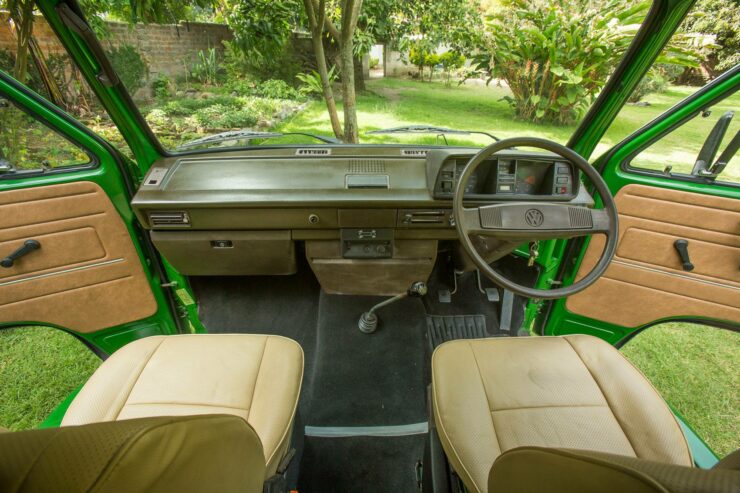

The production of the Volkswagen Syncro came to an end in 1992, as the Transporter T3 platform was replaced by the newer T4 platform. Despite its relatively short production run, the Syncro left a lasting impression on the automotive world.
The Volkswagen Syncro 4×4 16″ Shown Here
The right-hand drive VW Syncro 16″ is an exceedingly rare vehicle, the seller believes that it’s one of only three in existence in this configuration, and it benefits from a recent comprehensive restoration.
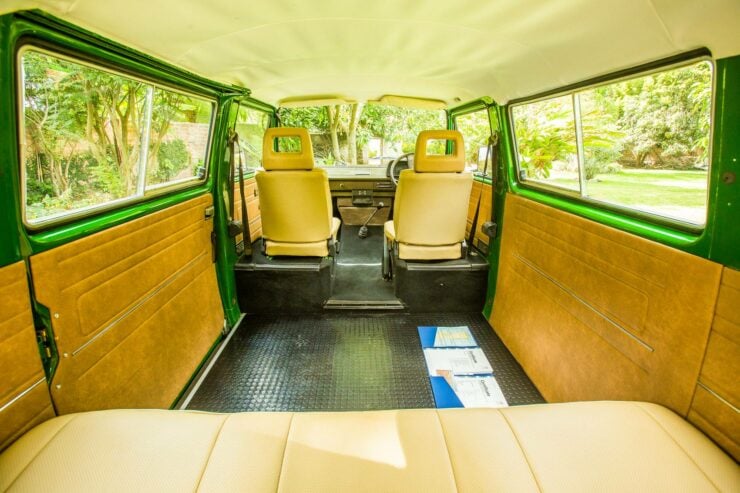

Importantly, the vehicle comes with a Volkswagen heritage certification that confirms it to be a factory-built RHD 16” Kombi with “customised design for internal special purpose.” It remains in matching numbers configuration and it was previously used as a safari vehicle in the Serengeti National Park in Tanzania, Africa.
It now retains its Tanzanian registration documentation and it’s noted that the speedometer has been replaced, so the correct lifetime mileage is unknown, the current mileage indicated is 35,454 miles. It’s powered by a 1.6 liter VW flat-four turbodiesel engine mated to a 4-speed manual gearbox, and it’s noted that all the bushings, bearings, cables, brake components, and the clutch have been replaced.
It also has a new wiring harness, header tanks, and fuel hoses, and it’s been refinished in its original Escorial Green, with steel wheels and fresh tires.
If you’d like to read more about this unusual Syncro or register to bid you can visit the listing here on Car & Classic. It’s being offered for sale out of Tanzania.
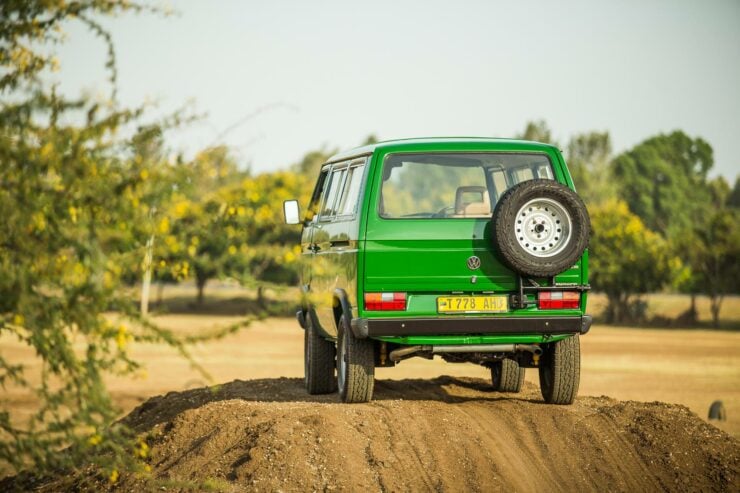
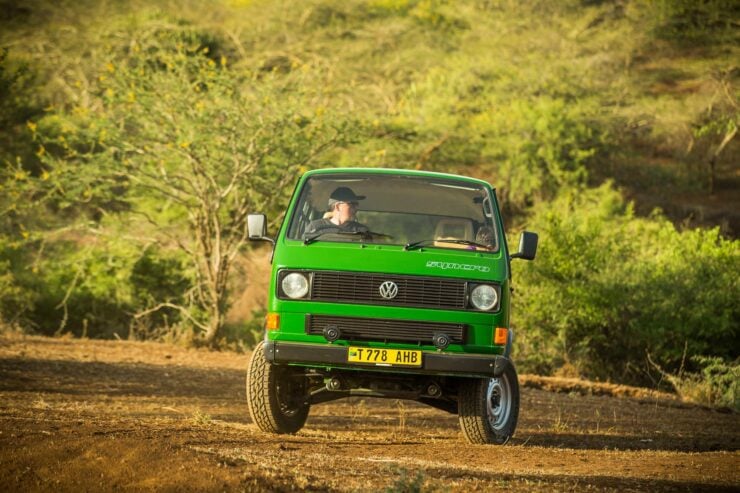
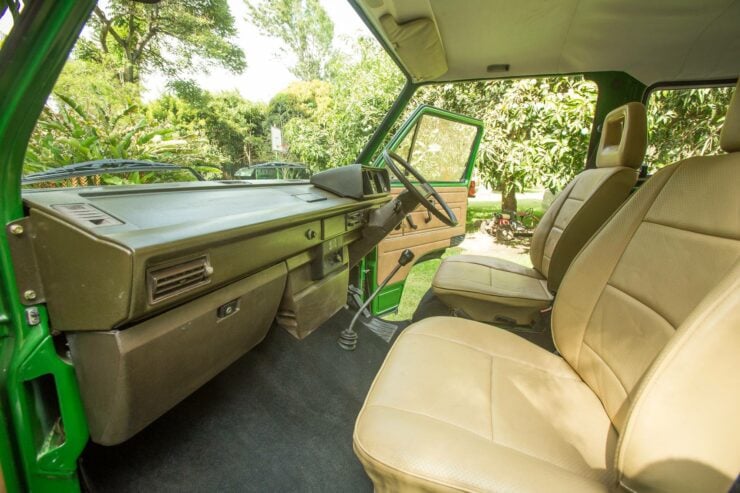
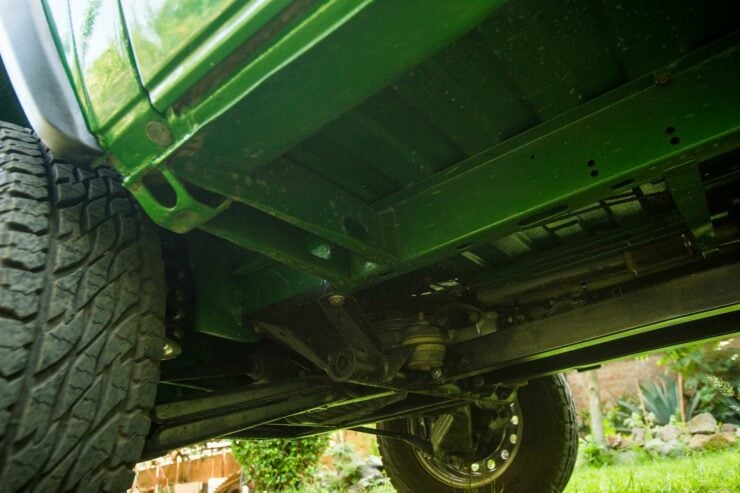
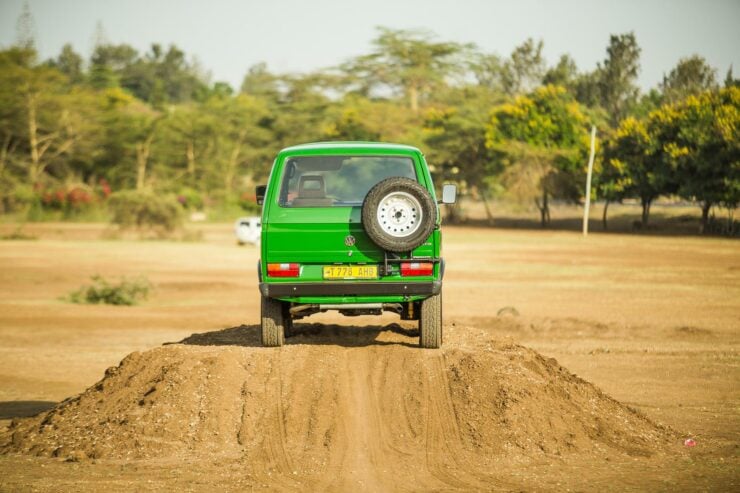
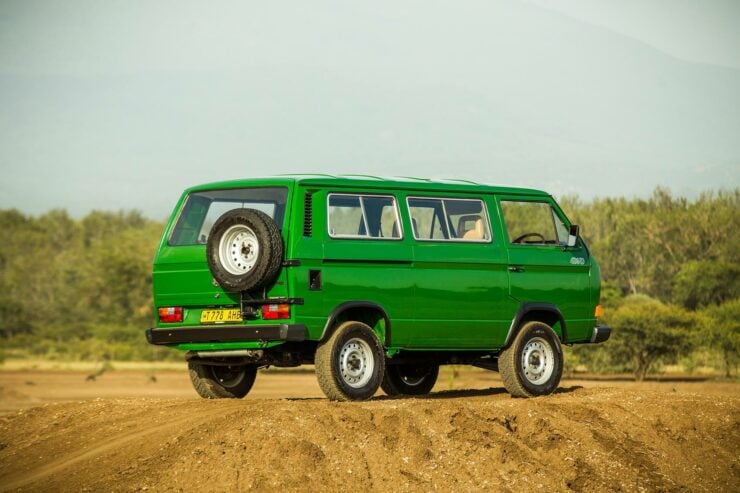
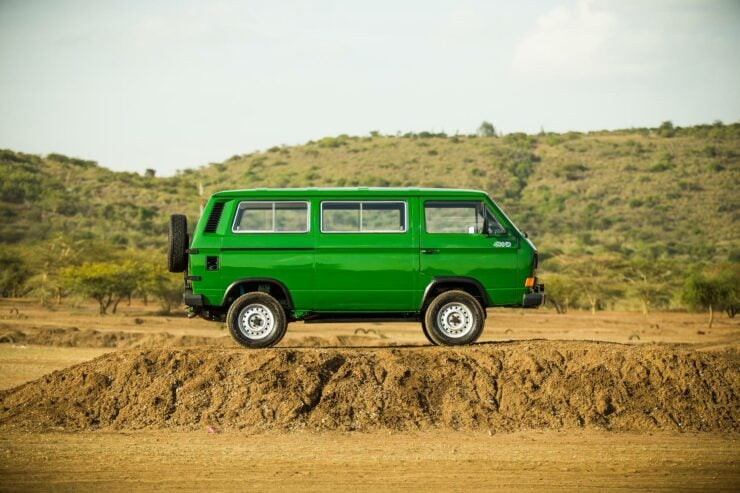
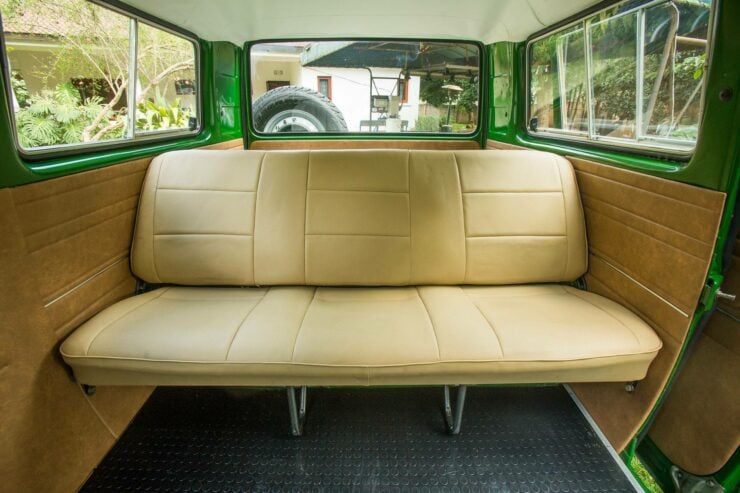
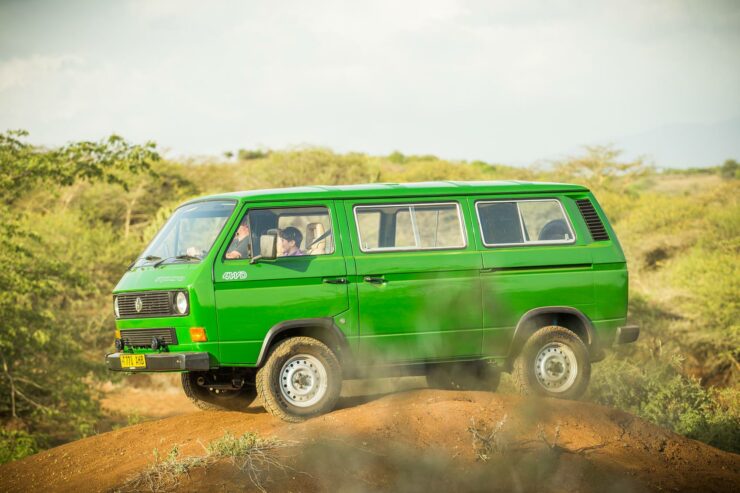
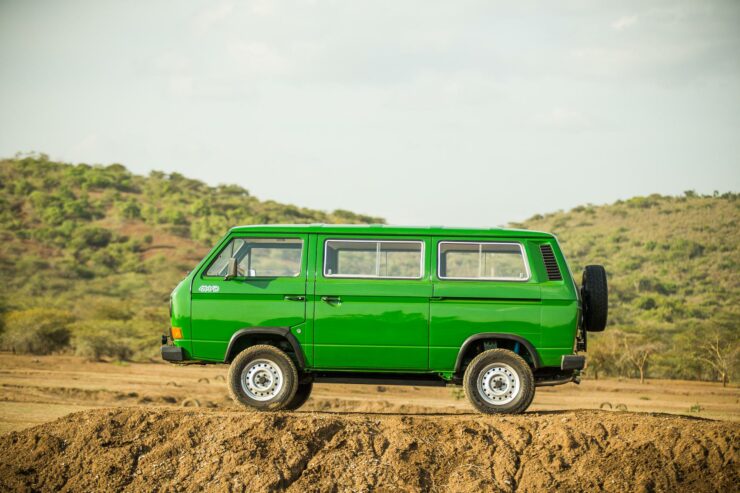
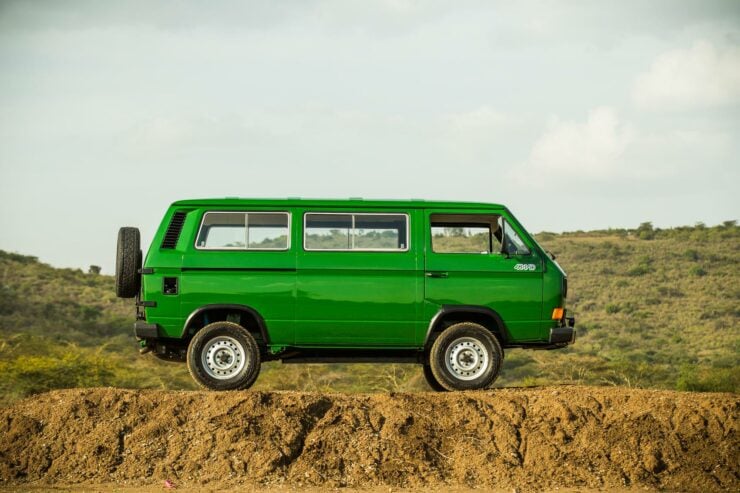
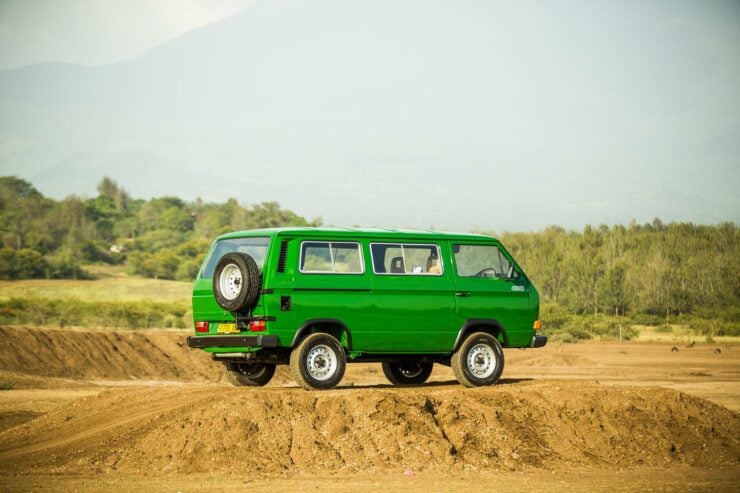
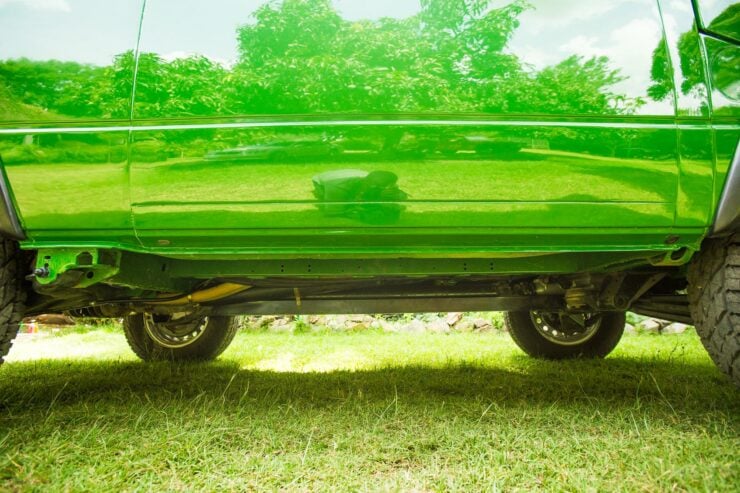
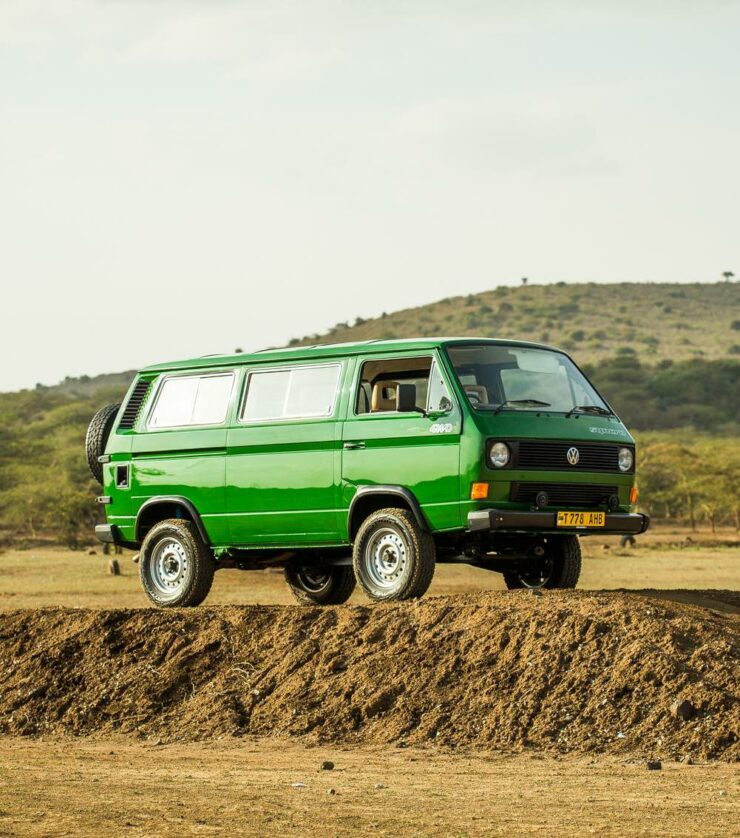
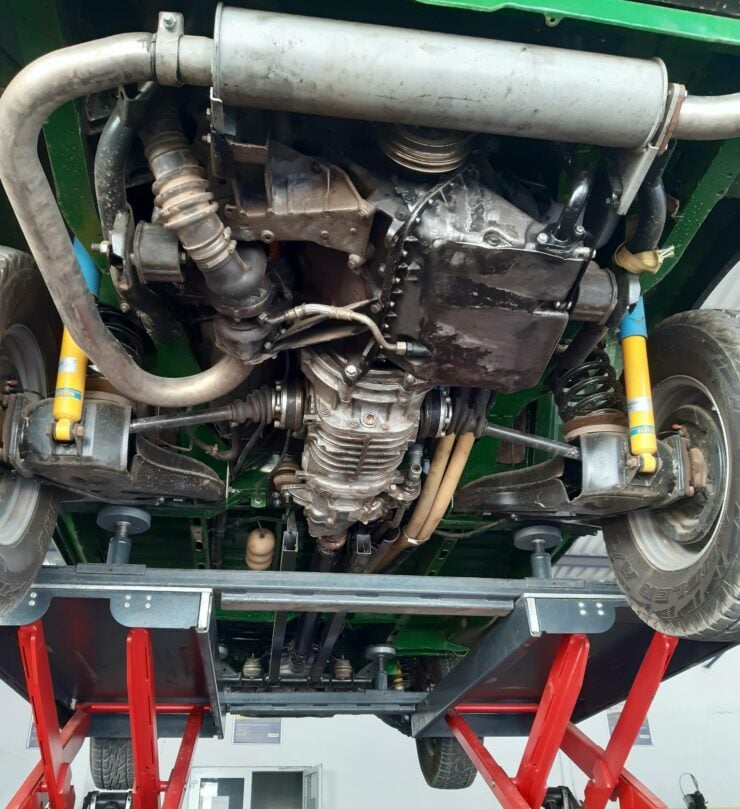
Images courtesy of Car & Classic

